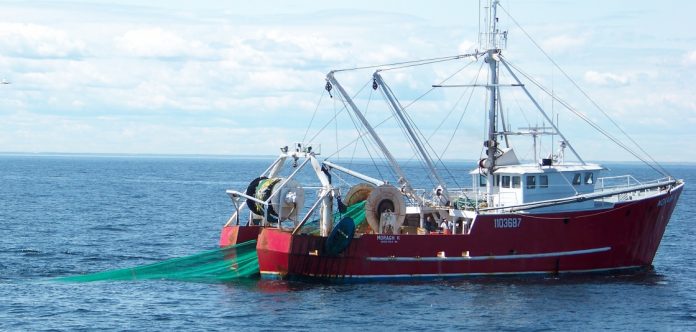
Saltwater recreational fishing remains one of America’s favorite pastimes and a key contributor to the national economy—with 9.6 million anglers making nearly 63 million trips in 2016, catching more than 371 million fish (61 percent of which are released alive), and in 2015, contributing $36 billion to the national economy. By weight, striped bass remains the top harvested catch among saltwater anglers, followed by dolphinfish, bluefish, yellowfin tuna, spotted seatrout, and summer flounder.
Also in 2016, U.S. commercial fishermen landed 9.6 billion pounds of seafood (down 1.5 percent from 2015) valued at $5.3 billion (up 2.1 percent from 2015). The highest value commercial species were lobster ($723 million), crabs ($704 million), scallops ($488 million), shrimp ($483 million), salmon ($420 million), and Alaska walleye pollock ($417 million). By volume, the nation’s largest commercial fishery remains Alaska walleye pollock, which showed near record landings of 3.4 billion pounds (up 3 percent from 2015), representing 35 percent of total U.S. commercial and recreational seafood landings

In 2016, the U.S. imported 5.8 billion pounds of seafood (up 1 percent compared to 2015) worth $19.5 billion (up 3.5 percent). However, a significant portion of this imported seafood is caught by American fishermen, exported overseas for processing, and then reimported to the United States. Shrimp and salmon are two of the top three imported species and much of that is farm-raised. The U.S. ranks 16th in total aquaculture production around the world—far behind China, Indonesia and India. In 2015, 1.4 billion pounds of aquaculture production was reported in the U.S.
“With the United States importing billions of pounds of seafood annually, and with so much of that seafood foreign farm-raised, the numbers in this report underscore the untapped potential of aquaculture here at home,” said Secretary of Commerce Wilbur Ross. “Expanding our nation’s aquaculture capacity presents an opportunity to reduce America’s reliance on imports while creating thousands of new jobs.”
The report also shows that the average American ate 14.9 pounds of fish and shellfish in 2016, a decrease from 15.5 pounds the year before. U.S. dietary guidelines recommend 8-12 ounces of a variety of seafood species per week, or 26 to 39 pounds per person per year.

For the 20th consecutive year, the Alaskan port of Dutch Harbor led the nation in 2016 with the highest amount of seafood landed—770 million pounds, valued at $198 million. Walleye pollock accounted for 89 percent of that volume. Likewise, for the 17th year in a row, New Bedford, Massachusetts, claimed the highest value catch from one port—107 million pounds, valued at $327 million. Sea scallops accounted for 77 percent of that value.

